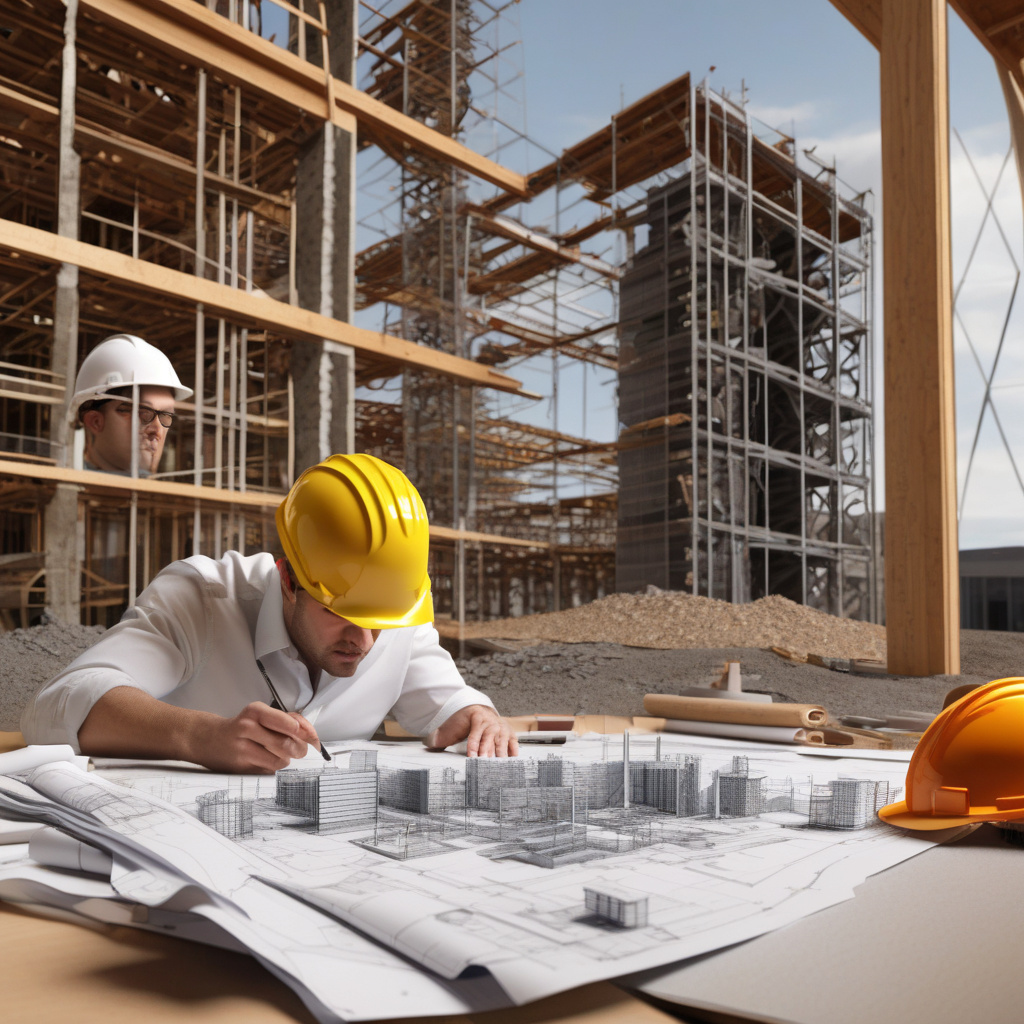Embodied Carbon: The Next Frontier for Structural Engineers
Cutting the ribbon on a new building is exciting for all involved. The architect’s vision coming to life, the construction team’s hard work paying off, and the community gaining a new landmark to admire. However, amidst the celebrations, there lies a hidden challenge that is gaining prominence in the construction industry – embodied carbon.
Embodied carbon refers to the carbon emissions associated with the manufacturing, transportation, and construction of building materials. While the operational carbon emissions of buildings (emitted during their use phase) have been the primary focus of green building initiatives, embodied carbon is now taking center stage as the next big challenge for structural engineers to tackle.
Why is embodied carbon such a critical issue? Consider this – the production of building materials like steel, concrete, and glass accounts for a significant portion of global carbon emissions. According to the World Green Building Council, the upfront carbon emissions from materials and construction processes can comprise up to 11% of total emissions over a building’s lifespan. This means that even before a building is occupied, it has already contributed a substantial amount to climate change.
Structural engineers play a crucial role in addressing embodied carbon by optimizing the design and material selection of buildings. By choosing low-carbon materials, adopting innovative construction techniques, and designing for deconstruction and reuse, engineers can significantly reduce the carbon footprint of a structure. For example, using timber instead of steel or concrete for certain building elements can lead to substantial carbon savings, as timber acts as a carbon sink, sequestering carbon dioxide from the atmosphere.
One successful example of a project that prioritized embodied carbon reduction is the Bullitt Center in Seattle, Washington. Dubbed as the greenest commercial building in the world, the Bullitt Center was designed to have a net-zero carbon footprint over its lifespan. The structural engineers and architects behind the project meticulously selected materials with low embodied carbon, such as FSC-certified wood and recycled steel, while also focusing on energy efficiency and renewable energy generation.
In addition to reducing embodied carbon, addressing this issue can also lead to cost savings for developers and building owners in the long run. By designing more efficient structures that use fewer materials and have lower operational and maintenance costs, engineers can create buildings that are not only environmentally sustainable but also economically viable.
As the construction industry continues to prioritize sustainability and resilience in the face of climate change, embodied carbon will become an increasingly important metric for measuring the environmental impact of buildings. Structural engineers who understand the implications of embodied carbon and actively work to minimize it in their designs will be at the forefront of this green building revolution, shaping a more sustainable future for the built environment.
In conclusion, embodied carbon is indeed the next big challenge for structural engineers, but it also presents a significant opportunity for innovation and positive change in the construction industry. By reimagining the way we design and construct buildings, engineers can play a key role in reducing carbon emissions, mitigating climate change, and creating a built environment that is truly sustainable for future generations.
sustainability, structuralengineering, embodiedcarbon, greenbuilding, climateaction












